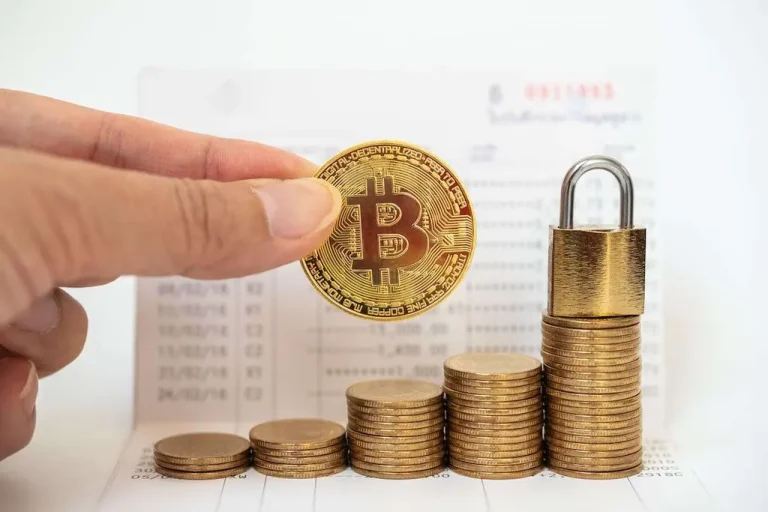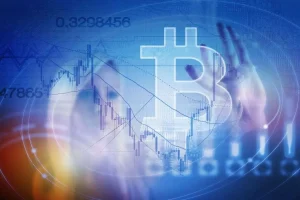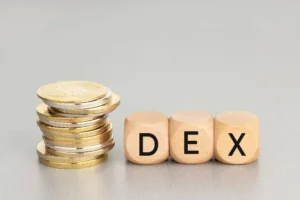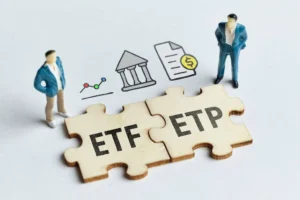The adoption of blockchain gradually shapes the world of decentralized finance. Modern web-based platforms enable users to buy and sell digital assets. Experienced investors and novices choose suitable services by analyzing crypto exchange security features and comparing them with other trusted solutions. As the number of such service providers increases, they attract the unwanted attention of hackers.
Attackers attempt to access registered users’ data and interfere with transactions to steal tokens. Even though the underlying technology these platforms are based on is quite secure, exchanges need to use an extra layer of protection.
What is Cryptocurrency Security?
The term refers to a set of measures introduced to ensure the safety of digital assets and protect sensitive information. These practices are implemented to safeguard investors from threats. Blockchain technology is highly secure as it relies on cryptography to ensure the indestructibility of records and streamlined validation of transactions.
As no central authority confirms operations on the network, the participants confirm the transfer of assets by themselves. The idea that everyone can join a public ledger and contribute to it is central to blockchain security, which explains the popularity of BTC and ETH.
The developers constantly add new protection measures to heighten networks’ trustworthiness. However, the fact that public blockchain is accessible to anyone drives hackers to explore potential vulnerabilities.
The introduction of cryptocurrency security standards (CCSS) enabled the industry to move toward maturity. Devised by the CryptoCurrency Certification Consortium, they comprise essential requirements all organizations dealing with crypto assets, including exchanges and marketplaces, must comply with.
Let’s consider the main steps users must take to utilize exchanges without any risks:
- Use a secure Internet connection: Relying on public Wi-Fi is dangerous, as transactions may be interrupted.
- Choose an authoritative marketplace: Registering on a cryptocurrency exchange that has two factor authentication (2FA) is important if a user wants to ensure the safety of digital assets. Some platforms enable trading directly from cold storage.
- Gain a deeper understanding of the technology: Learning more about potential threats and discovering new ways of protecting tokens is the only way to keep capital safe. Discovering how to utilize wallets for enhanced security is the next step investors should take.
While distributed ledger technology is quite safe, investors should familiarize themselves with potential vulnerabilities to mitigate risks.


Turnkey Brokerage Solution For Your Business
Get the most profitable fully licensed fx/crypto brokerage software or ready-to-operate business in 48 hours. Best-in-class web & mobile trading platforms, sales-driven CRM, full integration with MT4/5, and 150+ payment providers.
Types of Blockchain Security Breaches To Be Aware Of
Even though cryptography is a highly reliable technology, decentralized networks can still be compromised by users who exploit the proof-of-work mechanism. Let’s consider the most widespread threats:
- Sybil attack: Individual hackers or organized groups take some nodes under their control to conduct fake financial operations. New cryptocurrencies face such issues, while well-established assets are almost safe.
- Double-spending: Attacks are conducted by mining pools that perform over 50% of the mining for a specific distributed network. This is a tangible threat to a public blockchain, as hackers have a chance to take full control over created digital currencies.
- Phishing: While advanced antivirus software addresses such issues effectively, investors may still be tricked by people posing as their friends, colleagues, and family members and disclose private keys willingly.
- Network congestion: Due to the obstacles created by hackers, transaction validation gets delayed. When traffic gets redirected, attackers can steal the funds that are being exchanged or access payment details.
As cryptographic protocols are focused on decentralization, data gets distributed without being controlled by a central authority, making them safe to use.

How is Cryptocurrency Secure?
With the development of blockchain-based technology, its critics started to question the reliability of digital assets, fueling fears hindering adoption. Due to cryptography, virtual currencies are quite safe. Assets exist on a distributed ledger, which minimizes the risk of counterfeits. Using trusted non-custodial exchange software, users trade assets without worrying that their transactions will get interrupted.
As most cryptocurrencies aren’t issued by central banks, they are less prone to manipulation. Nevertheless, crypto exchange security requires improvement to make the industry more attractive to potential investors.
Even though transactions on the blockchain are virtually tamper-proof, communication networks may be protected insufficiently. Public ledgers are built over the top of traditional internet connections that were created when developers did not have to think about modern crypto threats.
As hackers can reroute internet traffic, it may result in the existence of two independent blockchains instead of a single ledger. Similarly, delay and perimeter attacks exploit the vulnerability of internet connection.
Developers started to build solutions to address such issues. They introduced cross-layer monitoring practices and implemented new policies. By focusing on a resilient infrastructure, it will be possible to dissipate common concerns and expedite adoption.
Best Practices for Crypto Exchange Security
The very existence of platforms where holders trade virtual assets poses significant risks of financial theft. This is why such services started to embrace time-tested approaches to heighten data protection:
- Threat detection: Preventing the draining of tokens from user wallets requires using advanced monitoring tools to discover barely perceivable risks and eliminate them proactively.
- Code analysis: Experts utilize professional tools to manually detect issues with coding methods and libraries that result in unauthorized access to user data.
- Simulations: Identifying vulnerable components and entry points involves prolonging testing to create a reliable ecosystem protecting its participants.
- Cybersecurity posture improvement: After implementing safety guidelines and protocols, exchanges respond to attacks efficiently.
- Response teams: When hackers launch an attack on an exchange platform, addressing it swiftly is crucial. Tasking employees to identify behaviors associated with attackers allows for blocking them and preventing future access.
Furthermore, adhering to AML KYC policies enables marketplaces to verify user identity and exist in the legal field. Nevertheless, the development of strict cryptocurrency regulation rules may hinder the adoption and dissuade investors who want to maintain anonymity from using centralized platforms.
Prioritizing crypto exchange security is necessary to attract investors and ensure the stable development of the industry. Following efficient practices, web-based platforms can heighten their reliability and increase liquidity. As the era of tokenized real-world assets approaches, building an upgraded infrastructure to protect capital becomes crucial.






